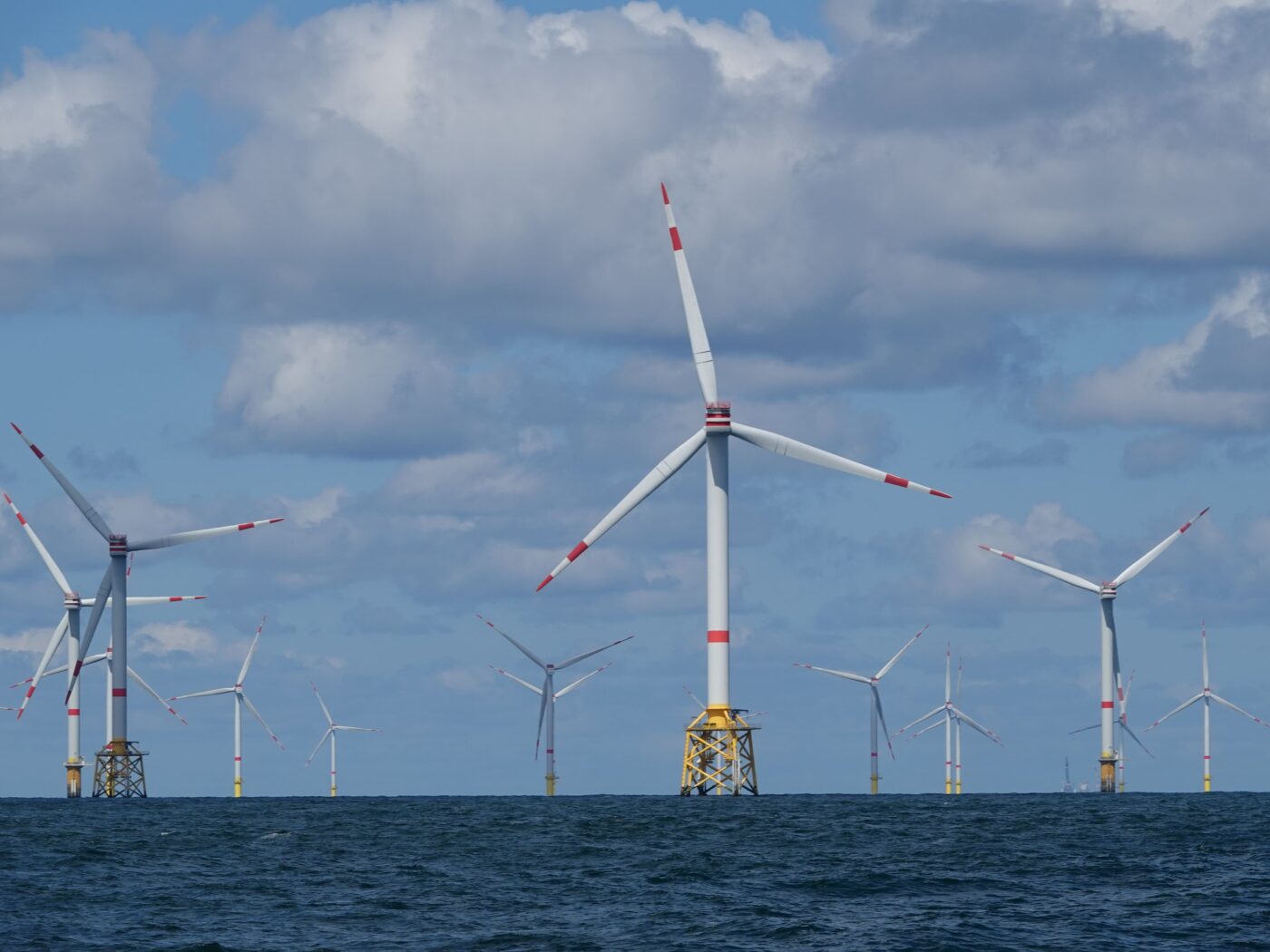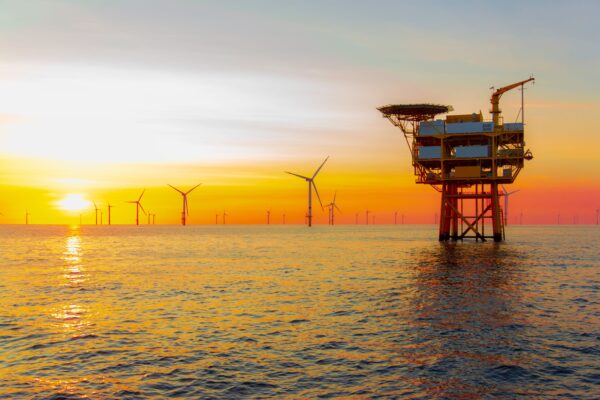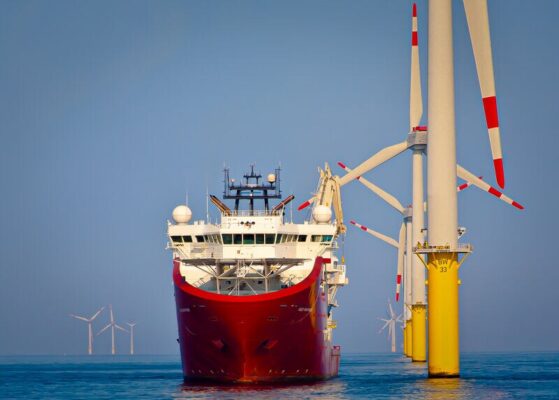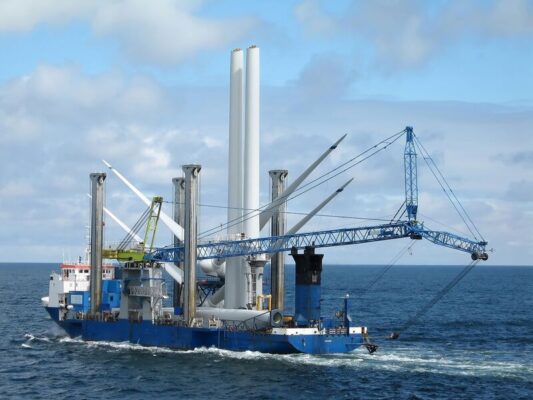Initiated with a modest capacity of 30 MW in early 2009, Thornton Bank wind farm quickly expanded its horizons. By 2013, its capacity had skyrocketed to 325 MW, thanks to the tireless efforts of C-Power, a Belgian company set up to develop, build, and operate the offshore venture. The farm was built some 30 km off the Belgian coast in the North Sea, an area known for its strong winds and challenging conditions.
Like any project of its magnitude, the Thorton Bank wind farm encountered various challenges. There was considerable public concern over visual pollution and the potential impact on the marine environment. However, these were addressed through careful planning and engagement with stakeholders. The designated area for the wind farm was chosen to minimize visual impact while maximizing wind capture. C-Power obtained all permits and licenses in 2003, ensuring that all regulatory requirements were met before moving forward with construction.
The development of the wind farm was executed in three meticulously planned phases. The first phase entered commercial operation in June 2009 and demonstrated remarkable efficiency, operating at a utilization rate of 94% in the first six months. This rate improved to 97% in the following half-year, from January to June 2010. As part of the strategic expansion, the second phase was completed in July 2012, with the installation of 30 turbines, bringing the farm’s total output to 215 MW at that time. The project’s evolution continued with the commencement of the third phase in 2012 and the installation of 18 more turbines. This systematic growth allowed the project to evolve into the powerhouse it is today, with a total installed capacity of 325 MW. As well as being a major technical achievement, the wind farm was also a significant financial commitment, with total development costs reaching around €1.3 billion.
Since its completion, the Thornton Bank wind farm has generated about 1,000 GWh of electricity annually. This output is sufficient to meet the energy needs of approximately 300,000 Belgian households each year, contributing significantly to Belgium’s renewable energy targets, which aimed for 13% of its electricity to come from renewable sources by 2020.
The construction and operation of the wind farm has also brought economic benefits, particularly in terms of job creation and the involvement of local businesses. In addition to creating direct and indirect employment, the project has been a source of pride for the community, embodying the ambition to lead by example in the transition to sustainable energy sources.
You can discover how SKF supports the operation of the now middle-aged Thornton Bank’s turbines in EVOLUTION.



